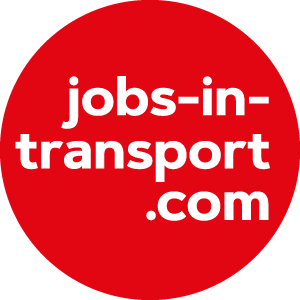
There is no agreement within the transport sector about how the impact of transport schemes on the local economy should be modelled, according to a review of current practice commissioned by the DfT.
MVA Consultancy and the Institute for Transport Studies at the University of Leeds have reviewed the methods used to model and appraise the impacts of transport schemes on local, sub-regional and regional economies.
The findings were presented at Modelling World by former DfT economist Tom Worsley CBE, who is now a visiting fellow in transport policy at ITS Leeds.
Worsley began by emphasising the importance of assessing the wider economic impacts of transport schemes. “If the Secretary of State can go to the Chancellor and say spending on transport can increase GDP by X then that’s one up on other departments,” he said.
But he said the research team had found no general agreement about how “real economy” impacts should be measured. The approaches varied according to matters such as data availability, the interests of the project promoter, the local geography, and the model owner’s view of economic growth.
Worsley noted that, whereas the Government had led the research effort into cost benefit analysis, there was “no substantial UK research effort” on these wider economic impacts.
He outlined four types of approach to evaluating the wider impacts:
Accessibility and land-use changes: for small schemes these often use a survey-based approach, examining the sites that a scheme would unlock, as well as data on matters such as floorspace and jobs. East Sussex County Council’s assessment of the Bexhill-Hastings Link Road was an example. For larger schemes a land-use transport interaction (LUTI) model could be used to examine how transport schemes change the accessibility of locations and how firms and households responded to these changes in locational decisions.
Evaluations of transport cost changes, impacts on local output and jobs: an example of this is the Economic Activity and Location Impacts (EALI) analysis used by Transport Scotland. This identifies industries and economic sectors in an area to be served by a transport scheme, examines the transport and other constraints on them, and assesses how the impact of the scheme would affect transport costs and, consequently, competitiveness and jobs
Accessibility, urban density and productivity models: these capture the benefits for the urban economy of improving urban accessibility. Possible causes of this increased output could include: an increase in productivity per employee; less productive sectors moving out; more productive people being attracted to well-functioning cities; and lower commuting costs encouraging more people to join the labour force.
Whole economy models: these are under development in the Netherlands, Norway, Australia, and the USA. Consultant Steer Davies Gleave had developed a demonstration model for Cambridge.
Worsley concluded there was no ideal method for measuring economic impacts of transport schemes and the choice of approach depended on circumstances, such as geography or the client.
He listed a number of questions that were relevant to the choice of approach:
Whose perspective should the model inform? Was it just the local authority and the local transport body? Would it be helpful to know how much of the economic impacts of a scheme represented the displacement of jobs from other locations in the country? This may not concern a local authority but it could be important to the Government
What is the metric – jobs created, or Gross Value Added?
Are the numbers realistic? Worsley cited research published by high-speed rail lobbying organisation Greengauge 21 that, he said, seemed unrealistic
What is the relationship between transport cost changes and changes in economic activity? What it the evidence?
Is transport sufficient to bring about changes in economic activity or are complementary measures needed?
The two-way road effect – has the risk of a transport scheme increasing competition and eliminating local firms been considered?
Have the local costs of a scheme been considered – for instance, the introduction of supplementary business rates to part-fund a local transport project could harm the local economy.
Modelling World 2014 has launched. We're inviting paper submissions. Find out more at www.ModellingWorld2014.com

TransportXtra is part of Landor LINKS
© 2024 TransportXtra | Landor LINKS Ltd | All Rights Reserved
Subscriptions, Magazines & Online Access Enquires
[Frequently Asked Questions]
Email: subs.ltt@landor.co.uk | Tel: +44 (0) 20 7091 7959
Shop & Accounts Enquires
Email: accounts@landor.co.uk | Tel: +44 (0) 20 7091 7855
Advertising Sales & Recruitment Enquires
Email: daniel@landor.co.uk | Tel: +44 (0) 20 7091 7861
Events & Conference Enquires
Email: conferences@landor.co.uk | Tel: +44 (0) 20 7091 7865
Press Releases & Editorial Enquires
Email: info@transportxtra.com | Tel: +44 (0) 20 7091 7875
Privacy Policy | Terms and Conditions | Advertise
Web design london by Brainiac Media 2020